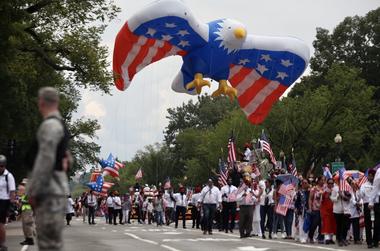
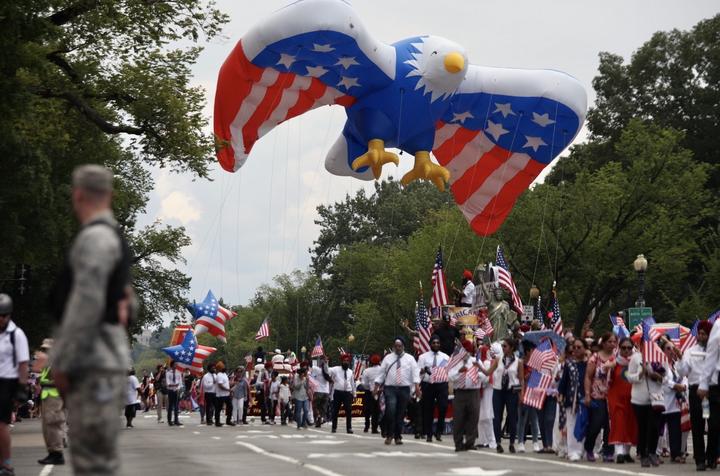
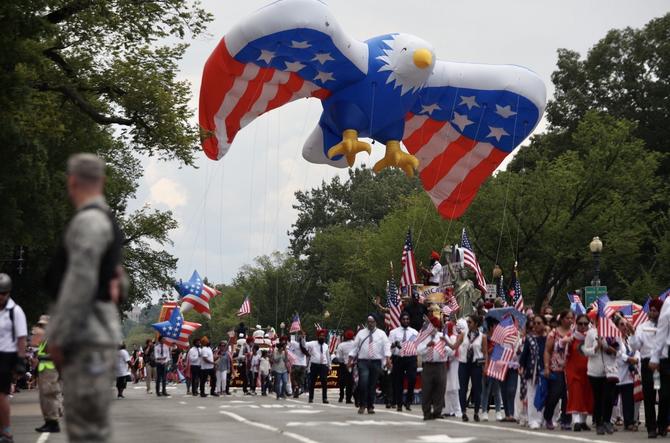
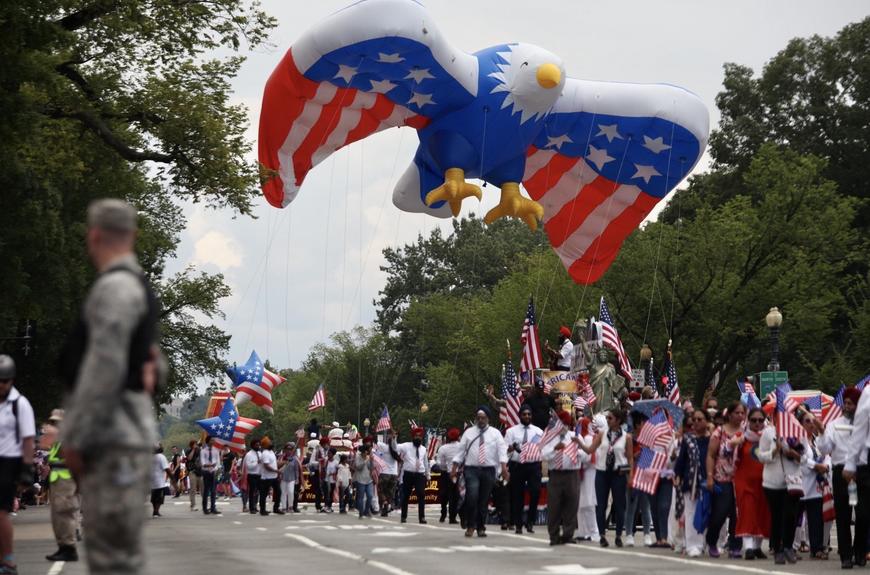
Every year, on the 4th of July, the United States comes alive with vibrant celebrations to commemorate its independence from British rule. Among the most anticipated and iconic events is the Independence Day Parade in Washington, D.C. This historic and grandiose spectacle has become a symbol of national pride, showcasing the country's rich history, cultural diversity, and patriotic spirit. In this article, we will delve into the origins of this time-honored tradition, explore some of the most memorable parades in history, and examine the current tendencies shaping the parade today.
The Birth of a Tradition
The inception of the Independence Day Parade in Washington dates back to the early years of the Republic. The idea of celebrating the nation's independence on the 4th of July was first proposed by John Adams, one of the Founding Fathers and the second President of the United States. Adams envisioned a day that would be "solemnized with pomp and parade, with shows, games, sports, guns, bells, bonfires, and illuminations, from one end of this continent to the other, from this time forward forevermore."
While his vision wasn't immediately realized nationwide, some cities and towns did begin to hold local parades and celebrations to mark the occasion. However, it wasn't until the late 18th and early 19th centuries that the tradition of a grand Independence Day Parade in the nation's capital began to take shape.
The Most Memorable Parades of the Past
Over the years, the Independence Day Parade in Washington has witnessed numerous memorable editions that left a lasting impact on the nation's collective memory. Let's take a journey through some of the most interesting parades from the past:
1801 - Thomas Jefferson's Inaugural Parade:
The third President of the United States, Thomas Jefferson, inaugurated the tradition of holding an Independence Day Parade during his inaugural ceremony in 1801. The parade showcased a mix of military processions, patriotic floats, and marching bands, setting the tone for future celebrations.
1865 - The Civil War Commemoration:
Following the end of the American Civil War, the Independence Day Parade in 1865 served as a poignant tribute to the Union's victory and the abolition of slavery. The parade featured African American regiments, symbolizing the nation's progress towards equality and freedom.
1918 - World War I Victory Parade:
In 1918, shortly after the end of World War I, Washington held a victory parade to honor the brave soldiers who fought for liberty and justice. This parade featured returning troops, military equipment, and displays of unity among the Allied forces.
1942 - The Spirit of World War II:
During World War II, the Independence Day Parade took on a different form, reflecting the nation's commitment to the war effort. The event featured bond drives, military displays, and demonstrations of support for the troops overseas.
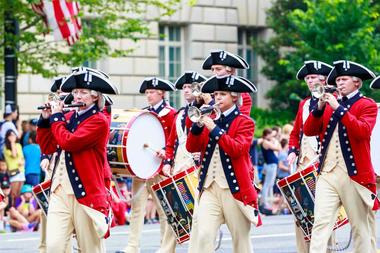
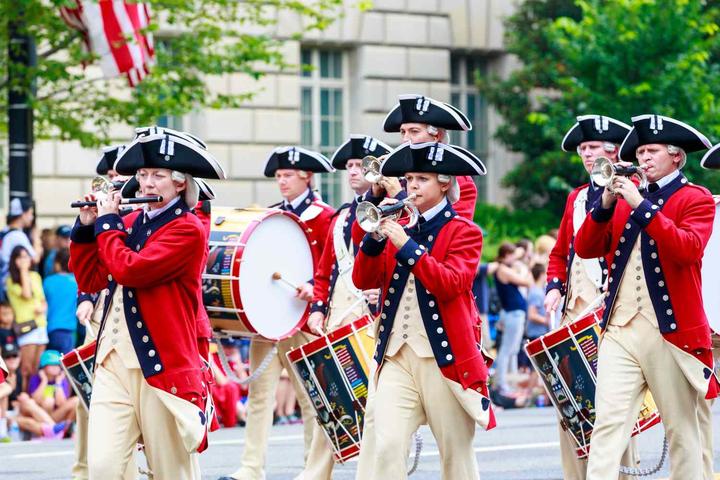
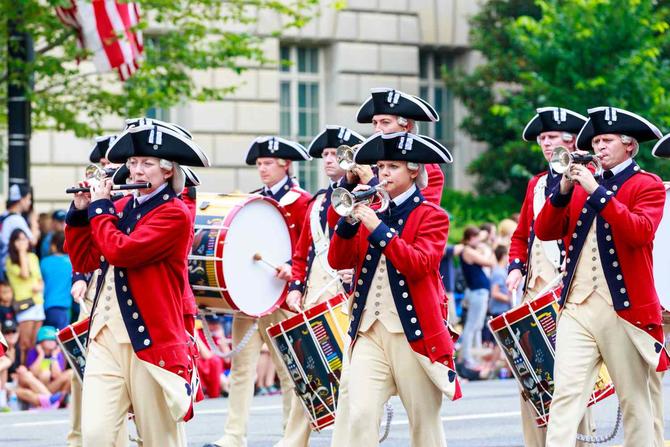
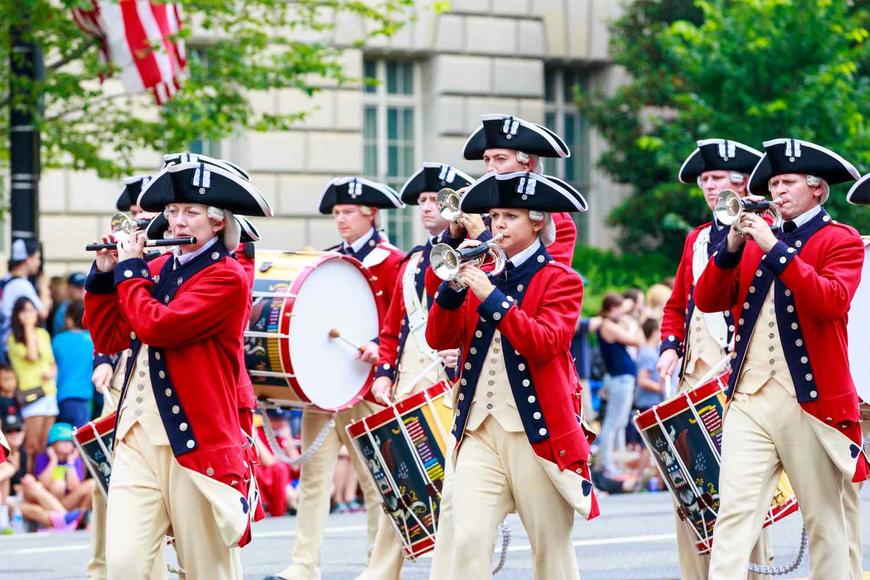
Current Tendencies Shaping the Parade
While the core elements of patriotism and celebration remain constant, the Independence Day Parade in Washington has evolved with the changing times. Several current tendencies are shaping the parade today, ensuring it remains relevant and engaging for modern audiences:
Inclusivity and Diversity:
In recent decades, the parade has become more inclusive and diverse, representing the multicultural fabric of the United States. Ethnic communities, cultural organizations, and LGBTQ+ groups participate actively, showcasing their heritage and contributions to American society.
Technology Integration:
With the advancement of technology, the parade has incorporated innovative elements such as augmented reality floats, drone displays, and interactive digital installations. These additions enhance the viewer experience and captivate the younger generation.
Environmental Sustainability:
In response to growing environmental concerns, the parade has taken steps to reduce its ecological impact. Eco-friendly materials, energy-efficient vehicles, and waste reduction initiatives have become integral parts of the event.
Commemoration of Historical Milestones:
The parade now often commemorates historical milestones, such as the anniversaries of significant events or the achievements of noteworthy figures in American history. These tributes offer a reflective and educational aspect to the celebration.
Engaging Performances:
Contemporary parades emphasize captivating performances, from marching bands to dance troupes, to keep the audience entertained and immersed in the festive spirit.
Conclusion
The Independence Day Parade in Washington is an enduring tradition that unites the nation in celebration of its hard-fought independence and the principles upon which it was founded. From its humble beginnings in the early years of the Republic to its current grandiose spectacle, the parade has continuously evolved to reflect the nation's history, values, and aspirations.
As the years go by, the parade will undoubtedly continue to adapt and transform, staying relevant and resonating with each generation of Americans. It is a celebration of unity, diversity, and the unyielding spirit of a nation that has overcome challenges and adversity throughout its history. As we gather each year to witness the awe-inspiring parade in Washington, we honor the sacrifices of those who came before us and reaffirm our commitment to the enduring principles of liberty, freedom, and democracy.